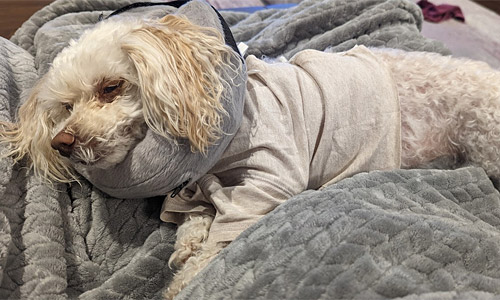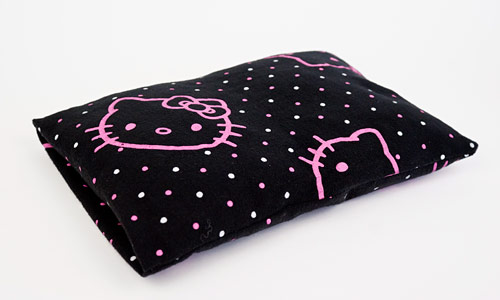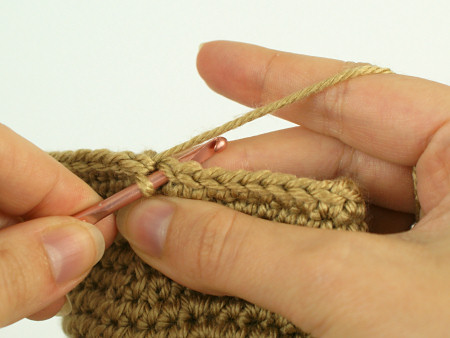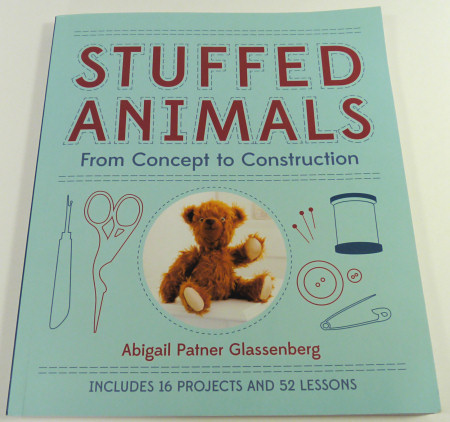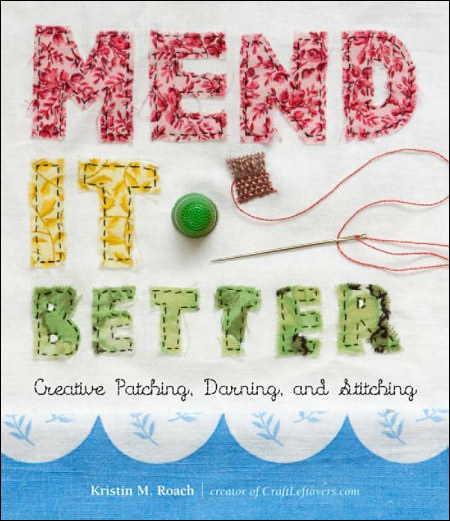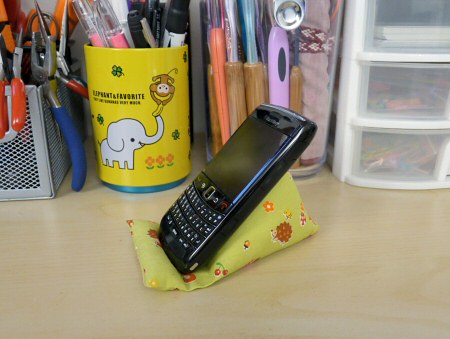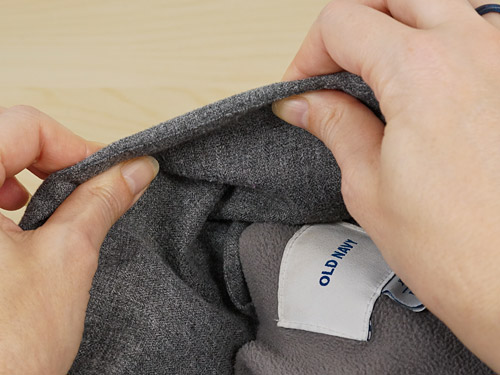
My favourite everyday puffy winter coat is still going strong after 6 years apart from one thing: the padding inside the collar has worn out and split apart so there’s no insulation at the back of my neck. I don’t believe in ‘disposable’ fast fashion and I really like this coat, so I put up […]

